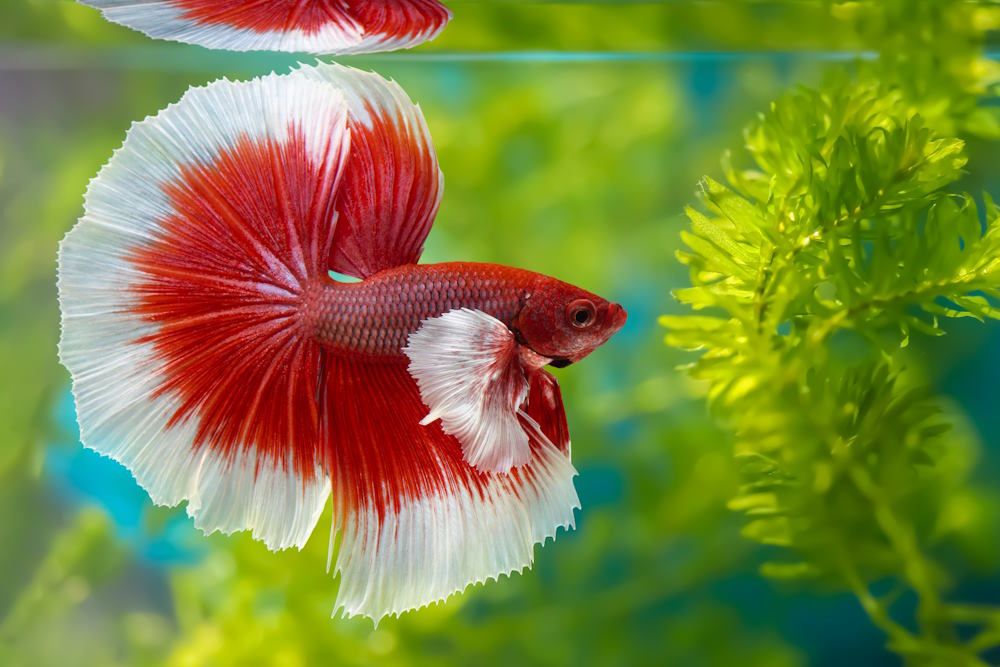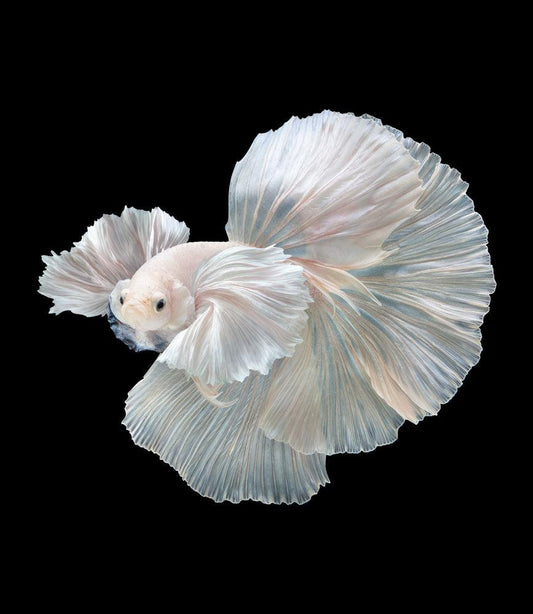Recognizing Betta Fish Habits: What Every Owner Needs To Know
Recognizing Betta Fish Habits: What Every Owner Needs To Know
Blog Article
Breeding Betta Fish: a Comprehensive Step-By-Step Guide to Effectively Raising Child Bettas From Eggs to Adulthood
Breeding Betta fish is a precise endeavor that requires mindful preparation and execution to make certain the successful development of fry from eggs to develop fish. Choosing genetically varied breeding couple with preferable features is just the beginning; developing an optimum environment and comprehending the details of the reproducing procedure are just as critical. As the male Betta faithfully constructs a bubble nest and guards the valuable eggs, the subsequent stages of treatment and change demand interest to information and expertise of finest techniques. Exactly how does one navigate the tough yet satisfying course of nurturing these vivid creatures to their adult years?

Picking Breeding Pairs
When embarking on the journey of breeding Betta fish, choosing the appropriate reproduction sets is vital to attaining preferable characteristics and a healthy and balanced family tree - betta fish. The very first step in this process is to recognize the certain characteristics you wish to improve or maintain, such as shade, fin kind, and body shape. It is vital to pick genetically varied sets to prevent inbreeding, which can lead to health and wellness problems and undesirable features
Review possible reproducing candidates meticulously. A healthy male Betta ought to show dynamic shades, an active behavior, and well-formed fins, while the female needs to likewise display dynamic pigmentation and a rounded stubborn belly, showing readiness for spawning. Observing the temperament of both fish is essential, as hostile or extremely timid individuals may not reproduce successfully.
Maintaining records of the parent fish's ancestry can aid you track hereditary qualities and prospective concerns. Eventually, investing time in the selection procedure will substantially enhance the probability of generating strong, vibrant spawn that meet your breeding objectives.

Preparing the Breeding Tank
Developing an ideal breeding atmosphere is a crucial step after picking ideal pairs for Betta fish. The reproduction container need to be especially designed to offer convenience and promote the natural reproduction actions of the fish. Beginning with a tank dimension of at the very least 10 gallons to ensure adequate room for both the man and women Bettas.
Maintain a mild purification system to maintain the water tidy while preventing strong currents that can emphasize the fish. Additionally, an air stone can be included in provide oxygenation without disrupting the water surface area excessive.
Temperature level policy is vital; go for a stable variety of 78-82 ° F(25-28 ° C) utilizing a reliable heating system. The pH degree ought to be preserved in between 6.5 and 7.5, and routine water adjustments are needed to make certain high water top quality.
Include drifting plants or generating sponges to produce hiding places for the woman, while likewise urging bubble nest structure by the male - betta click to read fish. Ensure the container is complimentary from sharp decorations and any type of prospective dangers, as the well-being of the fish must always be prioritized throughout this vital stage of reproduction.
The Reproduction Process
Typically, the breeding procedure for Betta fish includes a series of distinctive and evident behaviors that suggest readiness for reproduction. The male Betta starts by developing a bubble nest at the water's surface area, which works as a website for the fed eggs. This nest is important, as it provides a safe setting for the eggs up until they hatch.
Once the nest is established, the man will certainly present courtship actions, such as flaring his fins and showing vivid colors to attract the female. The lady, upon noticing the male's readiness, will respond by displaying upright red stripes along her body, indicating her receptiveness.
When the women techniques, the male takes part in a mating dancing, usually bring about a welcome referred to as the "spawning." During this welcome, the female launches her eggs, which the male fertilizes instantly. The fed eggs after Recommended Site that drop to the bubble nest, where the male very carefully gathers and returns them to the nest. Following this, the male presumes obligation for guarding the nest and making certain the security of the eggs up until they hatch out, usually within 24-36 hours. This phase is crucial in the reproducing procedure, laying the structure for successful fry growth.
Caring for Betta Fry
Caring for Betta fry requires mindful attention to their setting and nourishment to make sure healthy and balanced growth and advancement. After hatching out, Betta fry are exceptionally tiny and at risk, necessitating a stable and tidy environment.
Feeding Betta fry is equally essential. Initially, they need to be provided infusoria or carefully crushed high-quality fry food, as their mouths are as well tiny to manage bigger fragments. As they expand, you can slowly present bigger foods, such as baby brine shrimp or powdered flakes, to guarantee they receive ample nourishment. Feed them small amounts numerous times a day, taking care not to overfeed, which can bring about water quality problems.
Transitioning to Adult Bettas
As Betta fry fully grown, transitioning them to grown-up Bettas is an essential phase that needs mindful management of their environment and social communications. This process commonly starts when the fry get to around 6 weeks of age, at which factor they can be slowly introduced to a more structured living environment.
To facilitate this shift, it is essential to guarantee that the water criteria-- such as temperature level, pH, and ammonia levels-- are optimal and visit site stable. Adult Betta fish prosper in warm water (around 78-80 ° F) with a pH of 6.5 to 7.5. Gradually acclimate the fry to these problems to minimize anxiety.
Social communications are another key variable; man Bettas are notoriously territorial and aggressive. For that reason, it is advisable to different men right into individual storage tanks as they grow. Female Bettas can be housed together, however care should be required to keep an eye on for indicators of aggression.
Additionally, dietary adjustments need to be made as the fry grow. Incorporate premium pellets and live foods to support their development and wellness. By taking care of these aspects successfully, you can promote an effective transition to adulthood for your Betta fish.

Conclusion
Effective reproduction of Betta fish calls for mindful attention to information throughout the whole procedure, from choosing genetically varied pairs to providing ideal treatment for fry. Additionally, a balanced diet and progressive adaptation to grown-up atmospheres are important for the growth and advancement of Betta fish.
Report this page